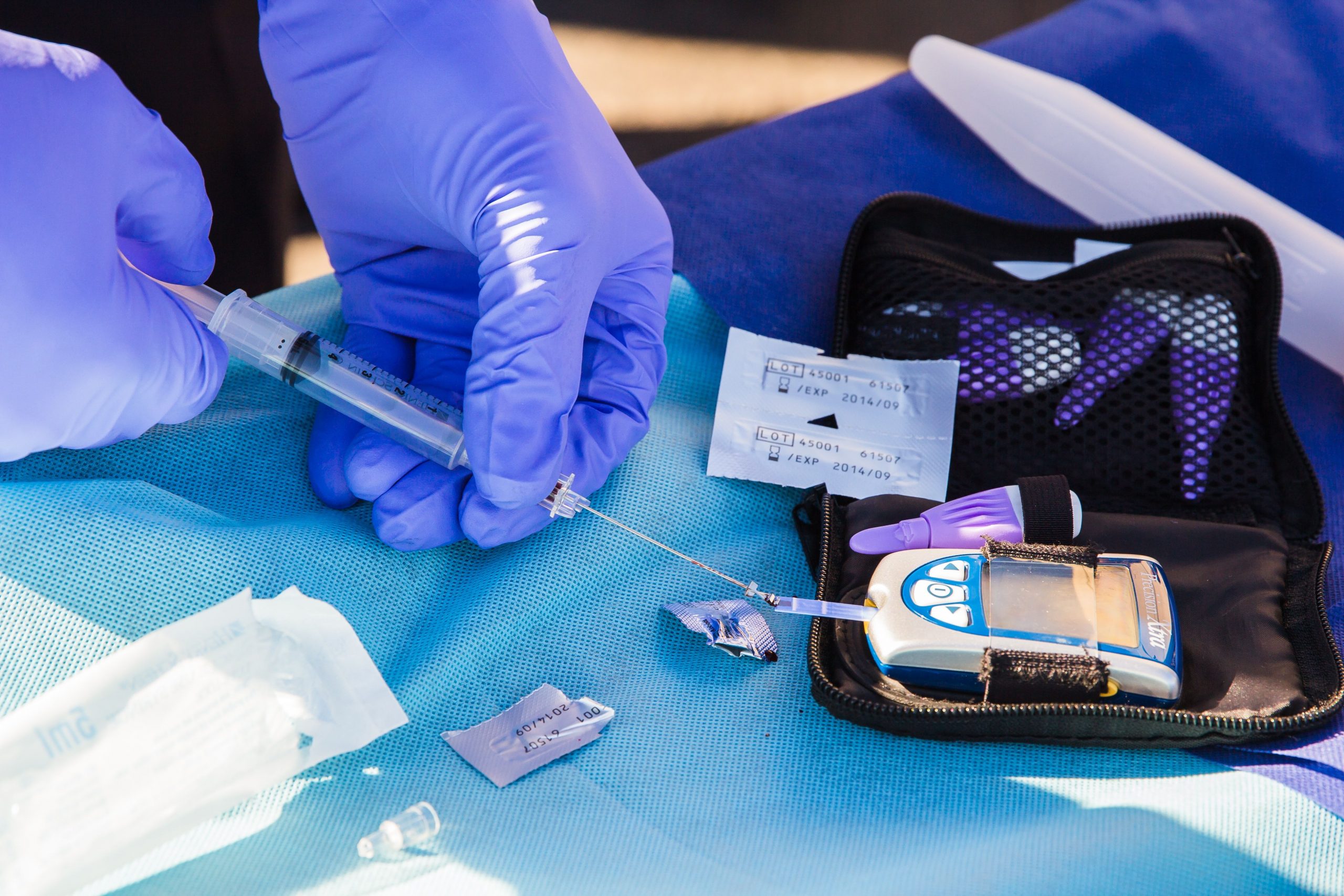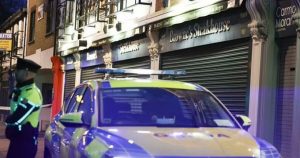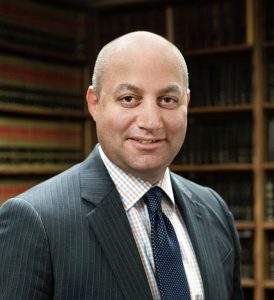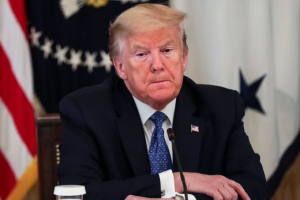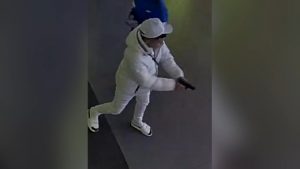As coronavirus infections rise in some parts of the world, experts are watching for a potential new COVID-19 surge in the US — and wondering how long it will take to detect.
“We’re not in a great situation,” said Jennifer Nuzzo, a Brown University pandemic researcher.
Scientists acknowledge that the wide availability of vaccines and treatments puts the nation in a better place than when the pandemic began, and that monitoring has come a long way.
Also read: Rich countries getting new COVID vaccines before others, despite UN efforts
For example, scientists this week touted a 6-month-old program that tests international travellers flying into four US airports. Genetic testing of a sample on Dec. 14 turned up a coronavirus variant — the descendant of omicron known as BA.2 — seven days earlier than any other reported detection in the U.S.
But it’s different elsewhere. The World Health Organisation this week reported that the number of new coronavirus cases increased two weeks in a row globally, likely because COVID-19 prevention measures have been halted in numerous countries and because BA.2 spreads more easily.
Also read: COVID had a major impact on mental health, amplified by social media: Study
Some public health experts aren’t certain what that means for the US.
BA.2 accounts for a growing share of US cases, the CDC said — more than one-third nationally and more than half in the Northeast. Small increases in overall case rates have been noted in New York, and in hospital admissions in New England.
Some of the northern US states with the highest rates of BA.2, however, have some of the lowest case rates, noted Katriona Shea of Penn State University.

